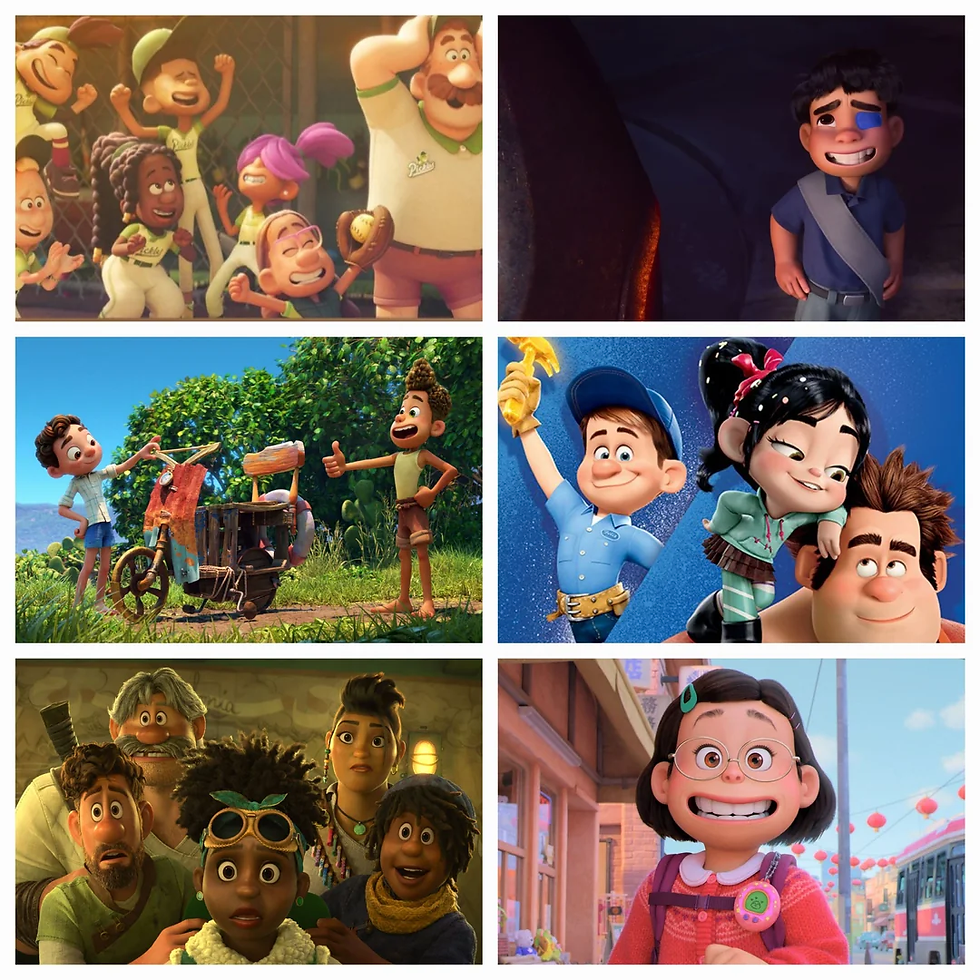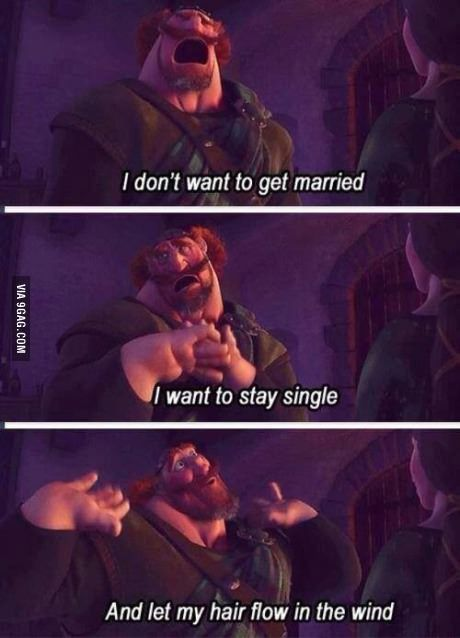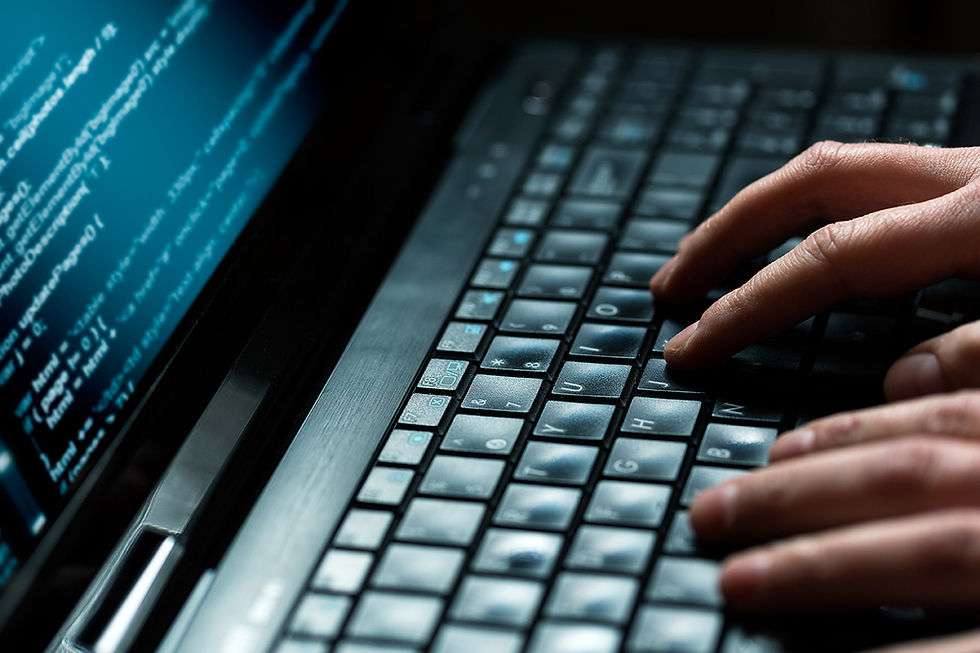The Issue of "Pixar Face"
- The Codess
- Aug 8
- 3 min read
Leaps and strides have been made in the world of 3D animation in the last decade. Rich scenes full of color and textures make the fantasy worlds pop off the screens. Now, you can practically count every hair on a character's head. The movement and complexity of the animation are awe-inspiring. Recently, there has been some discourse over main characters looking similar or having the same face shape in Disney and Pixar films. Some argue for the return of 2D animation with its different artistic style. The main gripe is the use of new technology. This has some truth. The technology being used is the same across most major media companies. Is it truly worse than 2D animation, or is this the animation of the future?

Pixar is a huge animation company responsible for some fan-favorite animated films, such as Toy Story, Finding Nemo, Monsters Inc., and The Incredibles. Fun fact: Toy Story was the first computer-generated feature film. Imagine your first piece of work being as iconic as Toy Story! Watching these movies back, the difference in animation is stark. The characters are a little stiff, the lighting is off, and the shapes are a bit blocky. Especially when we compare the animation to Toy Story 3, the style looks completely different for the same characters! Obviously, the technology between 1995 and 2012 underwent a major upgrade. So, what happened?
In 2010, Pixar animators were working on a new film - Brave. It was going to be the newest Disney princess film, set in the Scottish Highlands with a wild, red-haired, outgoing protagonist. There are hundreds of animators working together on the movie, some doing character designs, some handling the physics (like how an arrow would look flying through the air or beautiful hair flowing in the wind, others doing lighting (like the glow of the Will-o'-the-wisps). It can be difficult, trying to combine all of these complex elements into one final product. Changes can be overwritten easily, completely destroying the work and delaying movie releases. So, Pixar came up with a solution.

The solution was Universal Scene Description (USD). USD is a combination of pipelines that allow teams of animators to work together in tandem to create complex 3D scenes. The lighting, animation, physics, fx, and shading are added in layers on top of each other. These layer stacks prevent overwriting from occurring. There are also variants, which are slight variations in the same model (e.g. A character with their mouth open and closed would be two variants). This sped up production and created more consistency between frames because the same model base could be reloaded and just slightly altered. This was a revolutionary collection of software that allowed for great leaps in animation.
You may notice that animation in gaming studios and other animation studios has also kicked up recently. Well, in 2016, Pixar made their USD open source. In code speak, open source means a collection of code has been made free, downloadable, and usable for everyone. Now, anyone with the right hardware can download the same software used to create feats of animation. USD has become widely used across many studios and even labs! This software was made to accurately model real-world physics. This extends further than red hair. It extends to how robot dogs walk, how autonomous cars ride on the road, and how assembly lines run.
This widespread adoption has created a bit of a stylistic similarity across animation. This is not new; as technology changes, so does the style. Reusing models is not even unique to 3D animation! Disney used to reuse animated scenes between movies to save time. The addition of technology does not make this style of animation any less valid or creative as 2D animation. We are even starting to see a shift again with live-action, realistic-looking movies. As the decades go on, movies will continue shifting and morphing with new advances and mediums.
_edited.jpg)


Comments